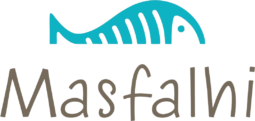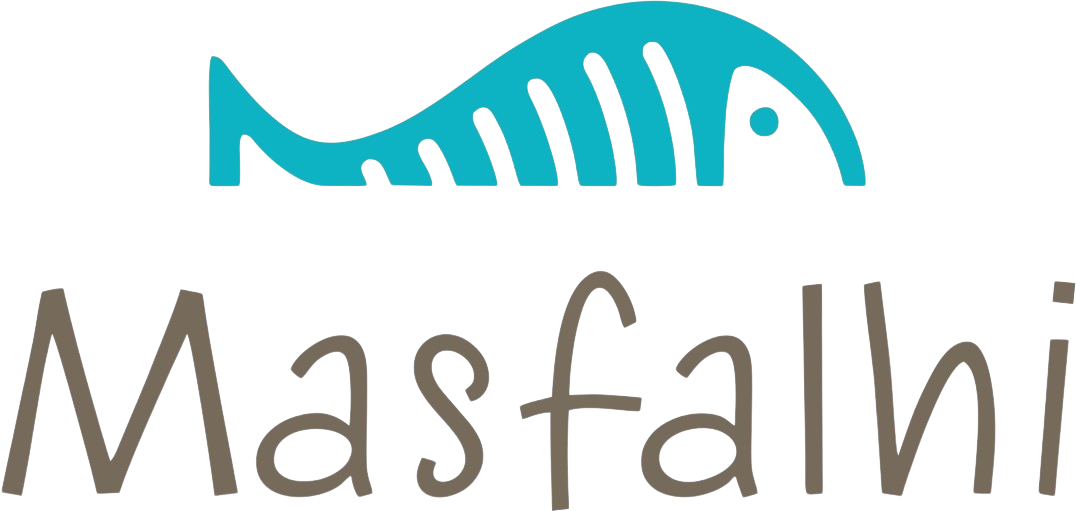Revenue optimization is a crucial aspect of business strategy that focuses on maximizing revenue through effective pricing, yield management, and inventory control. In today’s competitive market, companies must constantly adapt to changing consumer behavior, market trends, and economic conditions to remain profitable. This article delves into the key elements of revenue optimization, including pricing strategy and profit maximization.
Understanding Revenue Optimization
Revenue optimization is a data-driven approach that involves analyzing customer https://gamdomcasinogameuk.com/ behavior, market dynamics, and operational efficiency to identify areas for improvement in revenue generation. It requires a deep understanding of the company’s value proposition, target audience, and competitive landscape. By leveraging advanced analytics and machine learning algorithms, businesses can optimize pricing, inventory, and yield management strategies to achieve maximum revenue.
Pricing Strategy
Pricing strategy is a critical component of revenue optimization. Effective pricing involves balancing the need to attract customers with the goal of maximizing profit margins. Companies must consider various factors such as competition, market conditions, product life cycle, and customer segmentation when determining prices. There are several pricing strategies that businesses can employ:
- Penetration Pricing : This strategy involves setting a low initial price to quickly capture market share. However, it may lead to reduced profit margins in the short term.
- Skimming Pricing : By charging high prices at launch, companies can maximize profits but risk losing market share if competitors respond with lower prices.
- Value-Based Pricing : This approach involves setting prices based on the perceived value of a product or service. Companies must accurately assess customer needs and tailor pricing accordingly.
Profit Maximization
Profit maximization is an essential objective of revenue optimization. To achieve this goal, companies must focus on increasing revenue while controlling costs. Here are some strategies to maximize profits:
- Dynamic Pricing : By adjusting prices in real-time based on demand fluctuations, businesses can respond quickly to changes in market conditions.
- Yield Management : This involves optimizing inventory levels and pricing to maximize revenue from existing capacity. Airlines, hotels, and rental car companies often employ yield management strategies.
- Cost Control : Companies must continuously monitor and reduce operational costs to maintain profit margins.
Revenue Optimization Tools and Techniques
Several tools and techniques can help businesses optimize revenue:
- Data Analytics : Advanced analytics platforms can provide insights into customer behavior, market trends, and operational efficiency. This information can be used to inform pricing decisions and optimize inventory levels.
- Machine Learning Algorithms : Machine learning algorithms can analyze large datasets to identify patterns and predict future demand. This enables companies to make data-driven decisions and adjust pricing accordingly.
- Predictive Modeling : By developing predictive models, businesses can forecast revenue and optimize pricing strategies.
Challenges and Limitations
While revenue optimization offers numerous benefits, there are challenges and limitations that companies must address:
- Data Quality and Availability : Accurate data is essential for effective revenue optimization. However, poor data quality or limited availability can hinder efforts to maximize revenue.
- Competitive Pressures : Companies must adapt quickly to changes in the market and respond to competitive pressures to remain profitable.
- Customer Expectations : Businesses must balance the need to optimize pricing with customer expectations and loyalty.
Conclusion
Revenue optimization is a critical aspect of business strategy that involves maximizing revenue through effective pricing, yield management, and inventory control. By leveraging advanced analytics, machine learning algorithms, and predictive modeling, companies can identify areas for improvement in revenue generation. However, businesses must also address challenges such as data quality, competitive pressures, and customer expectations to achieve long-term success.


